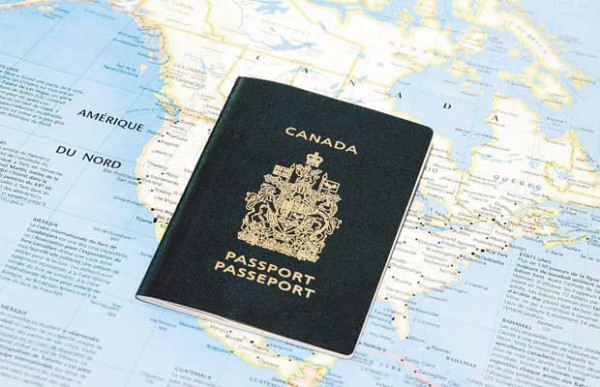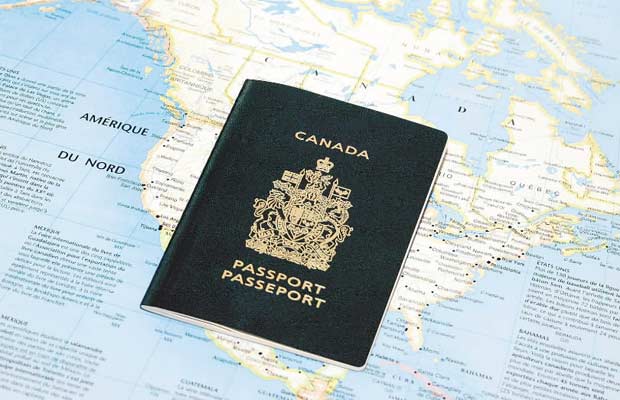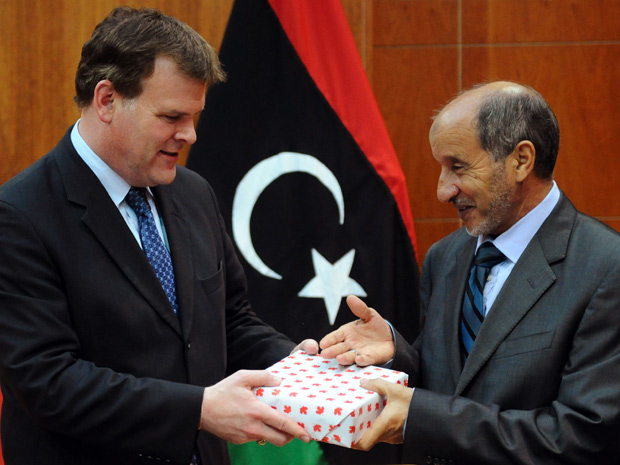On August 18, the Toronto Star reported that officials from the Ministry of Immigration and Citizenship have recommended that Canada remove automatic citizenship rights for children born in Canada to parents who are neither permanent residents nor citizens themselves. Billed by the Ministry as a way of minimizing the problem of “anchor babies”, children purposely born in Canada to establish a legal connection to the country for their parents, the report advocated that Canadian policy be changed. Meanwhile, the report also illuminated a series of harms of the policy, such as the potential creation of stateless children and a number of bureaucratic difficulties. The report, commissioned by hardline former Immigration Minister Jason Kenney, characterizes the steady degradation of Canada’s humanitarian postwar consensus on immigration policy.
Historically, immigration to Canada has been drawn from two major sources: immigrants pushed here by persecution and pulled here by economic opportunity. The first major wave of Canadian immigrants came from the United States, with Loyalists fleeing the American Revolution, while others, often from the British Isles, came for the chance to build a new life. Canada’s state was weak and immigration was largely unrestricted, with Canada acting as a haven for escaped slaves, for example. Still, some groups were discriminated against: Chinese labourers were forced to pay steep head taxes upon entry.
Beginning in 1910, under new laws written by the Liberal government, immigration was significantly restricted and refocused on economic development, especially of the frontier. Immigration became one of the responsibilities of the Department of Mines and Natural Resources until the reforms of the 1960s. This policy embraced the prejudiced norms of the time: migrants that changed the country’s racial or social composition were systematically excluded or marginalized, with new head taxes on Asians and immigrants from outside of northern and western Europe treated as undesirable. This only became more restrictive with the economic and social pressures of the Great Depression, with significant anti-immigrant sentiment among the general public.

This policy framework would have drastic consequences, which reverberate even today. On the eve of war in Europe, a group of Jewish refugees – one of the groups considered unfit for Canadian residency– attempted to enter the country via the St. Louis, a tramp steamer. Prime Minister William Lyon Mackenzie King turned them away, uttering the infamous phrase that when it came to Jews, “none is too many”. Even after the war, as the horrors of the Nazi death machine became public knowledge, Canada was wary about allowing new immigrants in. However, between the postwar economic boom, with attendant labour shortages, and international pressure, Canada eventually came around. By the 1950s, southern and eastern Europeans, formerly excluded, were flowing into Canada’s still-booming labour market. By the 1960s, even as the economy weakened, racial restrictions on migration continued to fade as sources of migration shifted from Europe to the decolonizing world, with the last vestiges of racial quotas in immigration policy eliminated in 1967.
Meanwhile, the Cold War sparked an interest in political asylum seekers: Canada would take more than 37,000 Hungarian refugees, who were granted asylum after the failure of the 1956 revolution, and 12,000 Czechs after the Soviets crushed the 1968 Prague Spring. Reforms in 1976 even established refugees as a separate class of migrant. This policy was soon tested by Vietnam’s ‘boat people,’ of which Canada embraced 60,000, the largest number proportional to population of any Western state. Over time, refugees began to make up an increasingly large number of Canada’s immigrants; in 1986, Canada was awarded the Nansen medal by the UN for its “major and sustained contribution to the cause of refugees”.
However, even by the 1990s, Canadian policy began to shift again. As dislocations caused by the fall of the Soviet Union created new refugee crises, Canada was experiencing ‘refugee fatigue’. The Liberal government responded to a wave of Czech Roma migration with restrictive bureaucratic measures, and legal reforms in 2002 tightened legal procedures for asylum seekers. Under the Conservatives, starting in 2009, immigration policy shifted back to a focus on economic concerns. The immigration system increasingly targets young skilled workers, often temporary, while older people, families, and most of all, refugees, face new barriers and punitive treatment under the 2012 Protecting Canada’s Immigration System Act. This restrictive wave has come with its own rhetoric, focused on ‘saving taxpayers’ money’, ‘bogus refugees’ and ‘public safety’. The public controversy over these changes has been substantial, with prominent Canadians and members of the international community denouncing the new policies.
Whatever one’s view on whether or not these reforms are a good idea, it is clear that they simultaneously mark a clear break with the immediate past and a return to a more hardnosed, self-interested policy. Recognizing this is key to participation in the debate over Canada’s place in the world.




